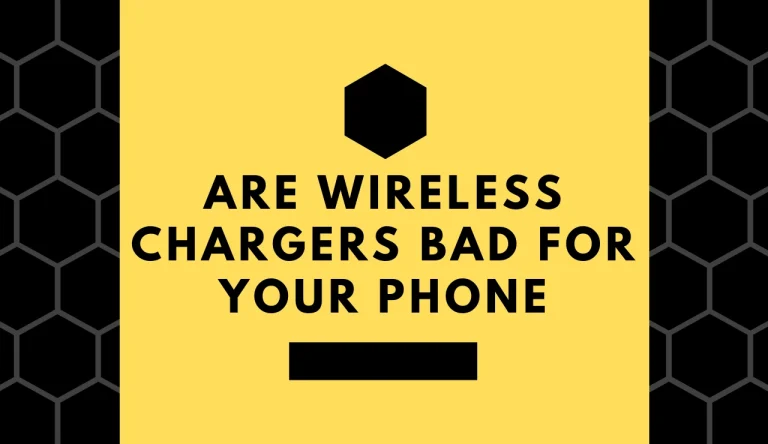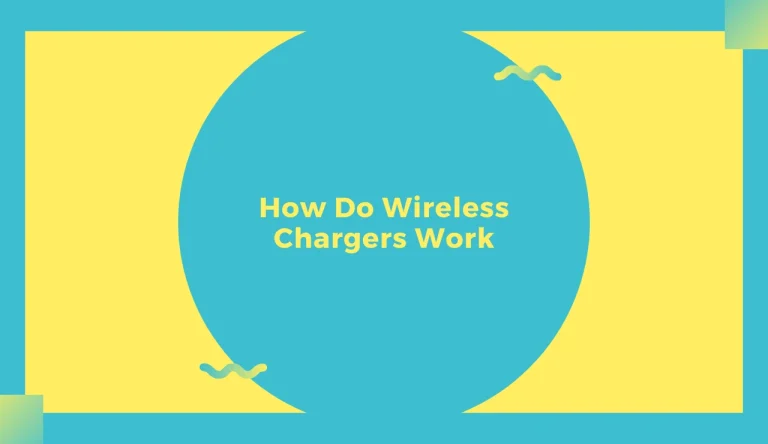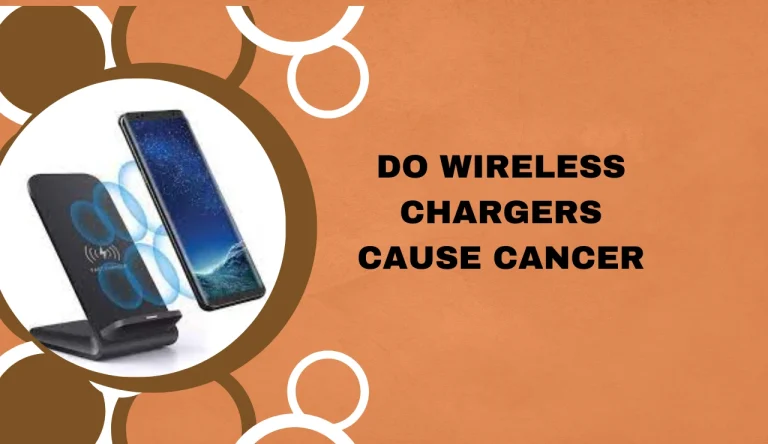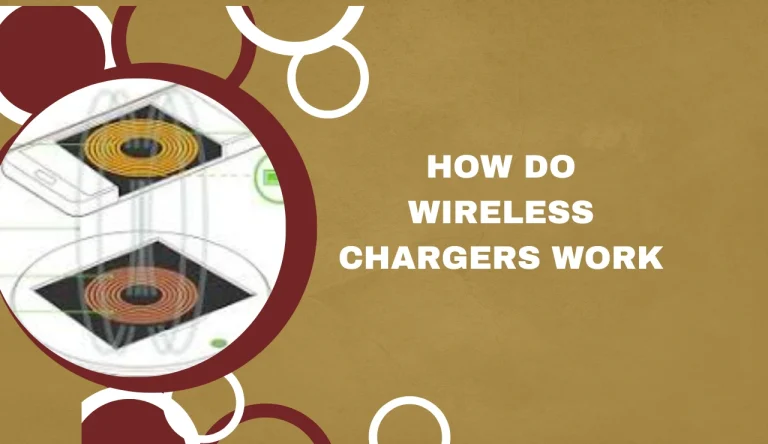Can You Bring Portable Chargers On A Plane
Can You Bring Portable Chargers On A Plane? Well, the good news is that most airlines do allow portable chargers in both carry-on and checked luggage. However, there are certain regulations and restrictions that you need to be aware of before packing your charger for your next flight.
This article will provide you with all the information you need to know about bringing portable chargers on a plane.
Firstly, it’s important to understand the airline regulations regarding electronic devices. Different airlines may have varying rules, so it’s crucial to check with your specific airline beforehand. Additionally, there are different types of portable chargers allowed on a plane, such as power banks and lithium-ion batteries.
To ensure a hassle-free travel experience, we will also share some useful tips for traveling with portable chargers. Moreover, safety precautions for using portable chargers on a plane will be discussed to make sure you stay safe while charging your devices inflight.
Lastly, we will touch upon international travel considerations and provide alternatives to portable chargers if needed.
So let’s dive in and find out everything you need to know about bringing portable chargers on a plane!
Key Takeaways
- Most airlines allow portable chargers in both carry-on and checked luggage.
- Portable chargers should comply with airline’s size and weight limits for carry-on items.
- Check with the specific airline for any rules regarding lithium-ion batteries.
- Prioritize safety when using portable chargers on a plane, avfoiding overcharging and using reputable brands.
Understanding Airline Regulations and Restrictions
So, can you bring portable chargers on a plane? Well, the good news is that most airlines allow passengers to bring portable chargers in their carry-on luggage. However, there are some restrictions you need to be aware of.
Firstly, make sure your portable charger isn’t too big or heavy as it may exceed the airline’s size and weight limits for carry-on items. Additionally, some airlines have specific rules regarding lithium-ion batteries, which are commonly used in portable chargers. It’s important to check with your airline beforehand to ensure compliance with these regulations.
When it comes to choosing the best portable charger for travel, there are a few factors to consider. Look for one that has a high power capacity and multiple USB ports so you can charge multiple devices simultaneously. Compact and lightweight models are also ideal for ease of carrying during your travels.
Now let’s move on to discussing the types of portable chargers allowed on a plane…
Types of Portable Chargers Allowed on a Plane
Fortunately, there are various types of handy power banks that are perfectly acceptable to take on board with you during your flight. When it comes to portable charger compatibility, it’s important to ensure that the charger you bring is compatible with the devices you plan on charging. Most power banks come with multiple USB ports, allowing you to charge different devices simultaneously. However, some chargers may not be compatible with certain devices or may have limited capacity.
To help you choose the right portable charger for your needs, here is a comparison table highlighting the charging speeds of different power banks:
| Power Bank Model | Charging Speed (mAh) |
|---|---|
| Model A | 2000 |
| Model B | 3000 |
| Model C | 5000 |
| Model D | 10000 |
| Model E | 15000 |
Remember to consider your device’s battery capacity and charging requirements when selecting a suitable power bank.
Now that you know which types of portable chargers are allowed and their charging speeds, let’s move on to some tips for traveling with them without any hassle.
Tips for Traveling with Portable Chargers
When traveling with your handy power banks, it’s important to keep a few tips in mind to ensure a hassle-free experience.
First and foremost, make sure you check the airplane regulations regarding portable chargers before packing them in your carry-on or checked luggage. Some airlines have specific rules about the watt-hour rating or the number of spare batteries that are allowed onboard.
Additionally, always prioritize safety when using portable chargers on a plane. Avoid overcharging your devices and never leave them unattended while charging. It’s also advisable to use only reputable brands and avoid cheap knock-offs that may pose a fire hazard.
Lastly, remember to pack your chargers in a separate bag for easy access during security checks.
With these tips in mind, let’s dive into the safety precautions for using portable chargers on a plane without compromising your journey.
Safety Precautions for Using Portable Chargers on a Plane
When using portable chargers on a plane, it’s important to follow safety precautions to ensure the well-being of yourself and others.
First and foremost, don’t use chargers during takeoff and landing as this can interfere with the aircraft’s systems.
Additionally, avoid overcharging your devices as this can lead to battery damage or even fire hazards.
Lastly, keep your chargers away from heat and moisture to prevent any potential accidents or malfunctions.
By adhering to these guidelines, you can safely utilize portable chargers while flying.
Do Not Use Chargers During Takeoff and Landing
It’s important to remember that using chargers during takeoff and landing on a plane is not allowed. This charging etiquette ensures the safety of everyone on board and follows airline regulations. Here are some reasons why you should refrain from using your portable charger during these critical times:
- Distractions: Using chargers can distract you from important safety instructions given by the flight crew.
- Interference: Portable chargers emit electromagnetic radiation, which may interfere with the aircraft’s navigation systems.
- Trip hazards: Cables connected to chargers can become trip hazards in case of an emergency evacuation.
- Emergency preparedness: During takeoff and landing, passengers need to be fully alert and ready to respond quickly in case of any emergency situations.
- Safety regulations: Airlines have strict guidelines prohibiting the use of electronic devices during certain phases of flight for passenger safety.
Remembering not to use your charger during takeoff and landing is just one step towards ensuring a safe journey. Now let’s discuss how you can avoid overcharging your devices.
Avoid Overcharging Your Devices
To ensure the longevity of your devices and prevent potential hazards, it’s essential to be mindful of avoiding overcharging. Overcharging can significantly impact your device’s battery lifespan and lead to decreased performance over time.
To maximize battery life, it is recommended to use energy-efficient charging methods. For example, try not to charge your devices overnight as this can result in unnecessary strain on the battery. Instead, aim for a full charge and then unplug as soon as possible. Additionally, consider using smart chargers that automatically stop charging once the battery reaches 100%.
By following these energy-efficient practices, you can extend the lifespan of your device’s battery and enjoy optimal performance for longer periods without compromising safety or efficiency.
As we move forward into the next section about ‘keeping chargers away from heat and moisture,’ remember that proper care is crucial in maintaining your devices’ functionality.
Keep Chargers Away from Heat and Moisture
Ensure the longevity and optimal performance of your devices by keeping chargers away from heat and moisture. Heat exposure can cause damage to the internal components of your charger, leading to decreased efficiency and potential malfunction. Avoid leaving your charger in direct sunlight or near sources of heat such as radiators or ovens.
Moisture damage is another concern when it comes to chargers. Water or excessive humidity can corrode the connectors, rendering them ineffective or even dangerous to use. Be cautious not to spill liquids on your charger and store it in a dry environment.
By taking these precautions, you can prolong the lifespan of your charger and prevent any potential hazards that may arise from heat exposure or moisture damage.
When considering international travel, there are additional factors to keep in mind for bringing portable chargers on a plane.
International Travel Considerations
When traveling internationally, it’s important to research the power outlet and plug types in your destination. This will ensure that you have the correct adapter for your charger.
Additionally, checking the voltage compatibility for your charger is crucial to prevent damage or malfunction.
Lastly, considering purchasing a universal adapter can be a convenient option as it allows you to use your charger in multiple countries without having to carry multiple adapters.
Research the Power Outlet and Plug Types in Your Destination
Pack a universal power adapter so you can easily charge your portable chargers in any outlet type found at your destination. It is important to research the power outlet and plug types in your destination to ensure compatibility with your charger. Different countries have different voltage requirements, and using a charger with the wrong voltage can damage both the charger and your devices. To help you plan ahead, here is a table that shows the power outlet and plug types for popular travel destinations:
| Destination | Power Outlet Types | Plug Types |
|---|---|---|
| United States | Type A & B | Type A & B |
| United Kingdom | Type G | Type G |
| Europe | Type C, E & F | Type C, E & F |
| Australia | Type I | Type I |
By knowing which power outlets and plug types are used in your destination, you can ensure that you have the correct adapter for charging your portable chargers. Now let’s move on to checking voltage compatibility for your charger.
Check Voltage Compatibility for Your Charger
To avoid damaging your charger and devices, make sure to check if the voltage of your charger is compatible with the power outlets in your destination.
Different countries have different voltage requirements, so it’s important to ensure that your charger can handle the voltage in the country you’re traveling to. Most chargers nowadays are designed to be compatible with a wide range of voltages, typically between 100-240 volts. You can usually find this information on the charger itself or in the product manual.
If your charger isn’t compatible with the voltage in your destination, you may need to consider purchasing a universal adapter that can convert the voltage for you. This’ll allow you to safely use your portable charger without any issues.
Consider Purchasing a Universal Adapter
Consider purchasing a universal adapter to ensure worry-free charging while traveling abroad. Universal adapters are designed to work with different types of outlets and voltages found in various countries. This means you won’t have to worry about finding the right charger or dealing with voltage compatibility issues.
When it comes to purchasing options, there are many brands and models available, ranging from basic ones to more advanced adapters with additional features like USB ports or surge protection. The benefits of universal adapters include convenience, versatility, and peace of mind knowing that your devices can be charged safely wherever you go.
With a universal adapter in hand, you can confidently travel without the hassle of carrying multiple chargers for different destinations.
Now let’s explore some alternatives to portable chargers that you might find useful on your trip.
Alternatives to Portable Chargers
Don’t forget, there are other options available for keeping your devices charged while flying. If you don’t want to rely solely on portable chargers, consider using power banks as an alternative.
Power banks are external battery packs that can charge your devices on the go. They come in various sizes and capacities, allowing you to choose one that suits your needs. One of the benefits of using power banks is that they can charge multiple devices simultaneously, making them a convenient option for travelers with multiple gadgets.
Additionally, power banks can be recharged before or during your flight, ensuring that you have a steady source of power throughout your journey. So if you’re looking for an alternative to portable chargers, give power banks a try and stay connected wherever you go.
Frequently Asked Questions
Conclusion
In conclusion, when it comes to bringing portable chargers on a plane, it’s important to follow the regulations and restrictions set by airlines.
Make sure to choose a portable charger that’s allowed on board, such as those with a power capacity of less than 100Wh or those that are under the lithium-ion battery limit.
Additionally, be mindful of safety precautions and always monitor your charger while in use.
Lastly, if you’re traveling internationally, check the specific regulations for each country you’ll be visiting.
Remember, there are alternatives available in case you can’t bring a portable charger on your flight.






